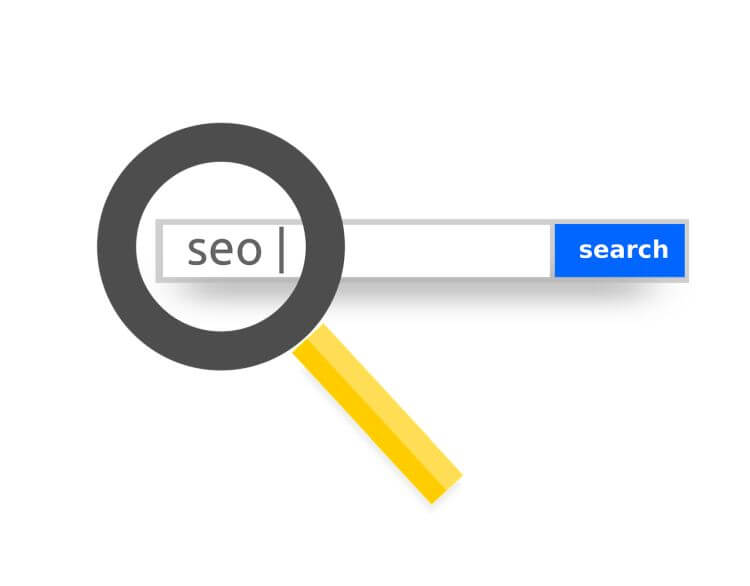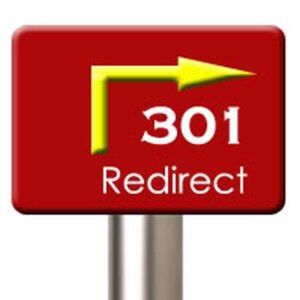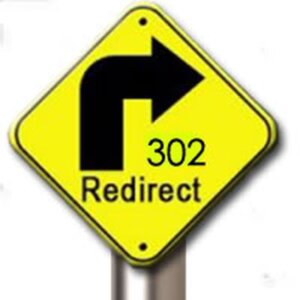Switch From 302 to 301 Redirects for SEO Success
Last Updated: August 19, 2022

Updated May 23, 2019
Find out the differences between 301 and 302 redirects – particularly why one is great for SEO and the other is fubar. Whether you’re redirection non-WWW over to WWW or sending http traffic to https URL’s, it’s important to understand what type of redirection to use for every occasion.
HTTP response status codes are numbers that indicate the response of the web server to the requested URL. These codes inform the search engine crawlers as well as web browsers about how to process the request. One of the most well-known codes is the ‘page not found’ code, aka 404. But when referring to SEO, the 301 and 302 codes are equally critical.

301 and 302
As stated earlier, HTTP status codes indicate whether a certain HTTP request has been completed successfully. These responses are categorized into five classes: informational (1xx), successful (2xx), redirects (3xx), client errors (4xx) and server errors (5xx) responses. The 301 and 302 status codes error, therefore, are in the redirect class.
For a bit more technical discussion on response codes and redirects, check out this from StackOverflow.
Redirection
When you redirect a page, it means you are assigning a new URL to the page. But sometimes, redirection involves changing the coding, design, and navigation. So, generally speaking, it all depends on the reason behind the redirection. A page can be redirected for any of the following reasons:
– Website or webpage is no longer active
– URL is dysfunctional or broken
– New webpage/site in place of the old one
– A/B testing a new webpage for functionality or design
– Temporary detour when fixing a webpage
301 Redirect
A 301 redirect is a permanent redirect that points between 90 and 99% of ranking power (link equity) to the redirected page. In most cases, it’s the best way of using redirects on a site. You may use a 301 when you buy domains that you want to send to your primary domain or determine which domain is your default site (www.mysite.com or mysite.com). Users often exclude the ‘www’ when typing or writing out website names, so a 301 redirect will ensure they end up on your website even when they leave out the ‘www.’ You can also use a permanent redirect if you blended two sites or have outdated or broken links for any other reason.

302 Redirect
A 302 redirect informs search engines that your page or website has been moved temporarily. You can implement this redirect when you want to point users to a new page or site for a short period, like when you are updating or redesigning your website. You only use a 302 redirect when planning to bring the old page back, or when trying out a new page to get some customer feedback without affecting your rankings from the original page.
302’s don’t pass link juice – so don’t use them, unless the redirection is purely temporary.
Link Juice
Web pages have authority, which is part of the reason Page A outranks Page B for a desired term. This is why, when someone searches for your brand name, they find your homepage in the search results, rather than some obscure blog post from 10 years ago.
Page authority gets passed around within a site when you link from one page to another. Links passing authority are said to convey ‘Link Juice’. A high authority link will convey authority, trust, keyword relevance along with it. When you link from a page about traditional VPS hosting to one about peanut butter it passes a lot less value than if you link to something topically related like cloud VPS hosting.
When a page gets moved, renamed, coalesced with other pages, or otherwise needs to be pointed to a different URL, passing the maximum amount of link juice is key.

SEO 301 vs 302
Many experts have suggested that there are instances where 301’s may be treated the same way as the 302’s, but research shows that the best way to ensure that browsers and search engines give full credit is to implement a 301 when redirecting URLs permanently. When you use a permanent redirect, search engines eliminate the old page from their index and transfer link juice from that page to the new one.
A permanent redirect transfers all your SEO efforts to the page you are redirecting to, meaning, everything you did to make your site or page rank higher on SERP’s won’t be lost. However, it’s vital to note that it will take a while for search engines to recognize the changes. So you’ll need to be patient. A temporary redirect, on the other hand, doesn’t pass any page authority from the old to new URL. It only is used to inform search engines that you will be back to your original site or page in no time.
A 301 redirect signals Google to deindex the old URL, leaving only the new page (or site) in the index to rank and pull organic search engine traffic. For a 302 redirect, the default page remains indexed in search engines and no value moves to the new URL because search engines know it’s all but temporary. If you happen to choose a 302 to transfer a site or page permanently, then you’ll lose any traffic value, rankings and authority that your original page had. So basically, it’s like you are building a new page or site and not redirecting any value that the old one has accrued over time.
Conclusion
Preserving authority is essential to maximizing search ranking performance – which means using 301 redirects NOT 302’s. Maximize authority – maximize relevance – use 301’s – easy right?
Check out our Smart Marketer’s Guide to Web Hosting for more ways you can improve your marketing results without all the painful trial and error.